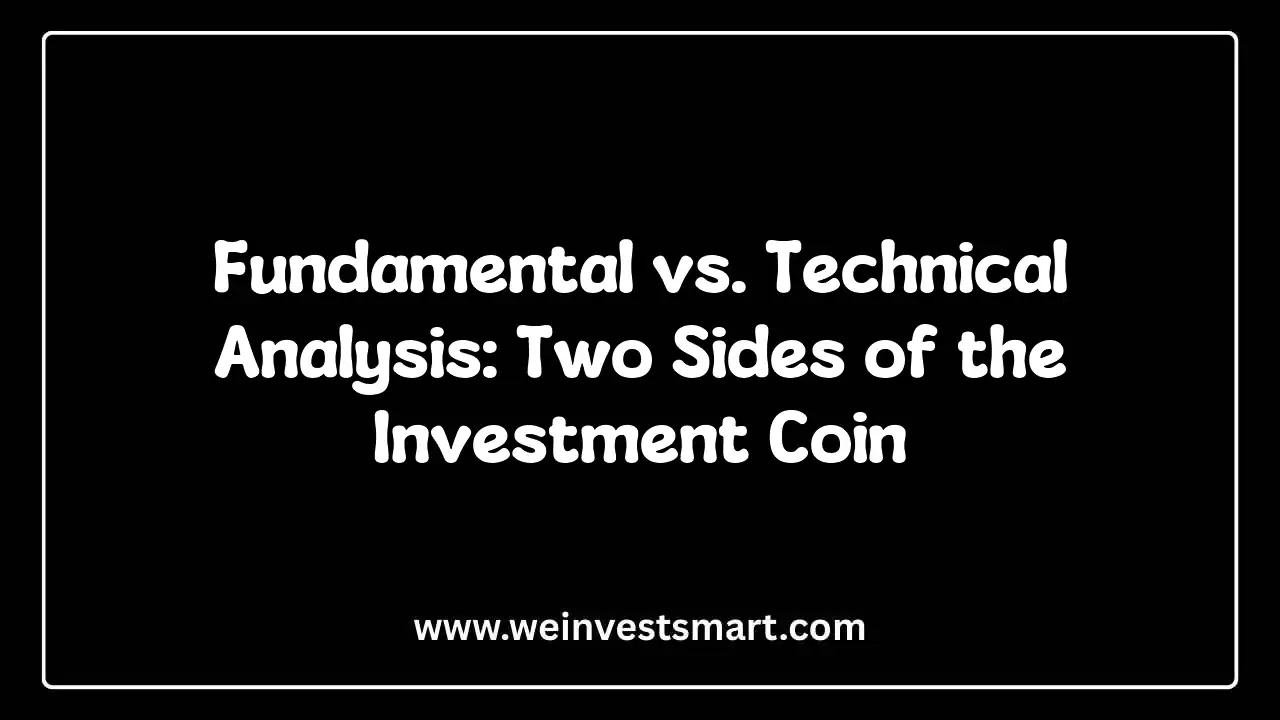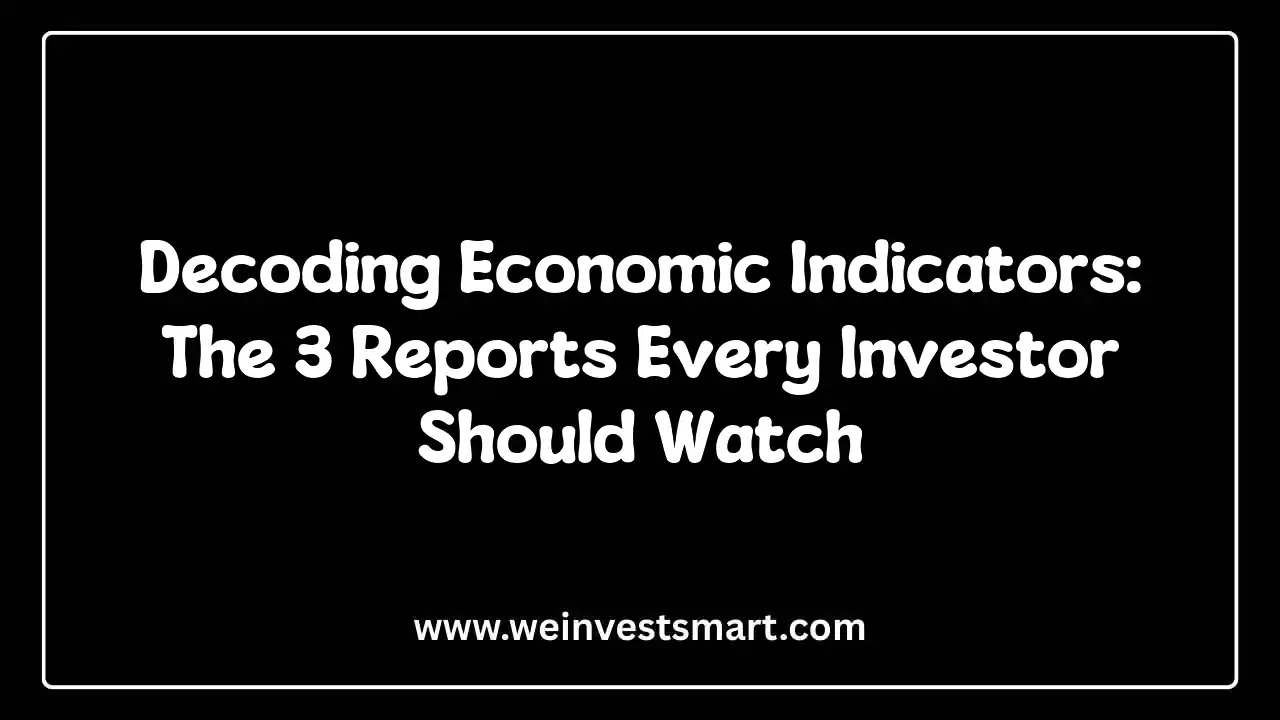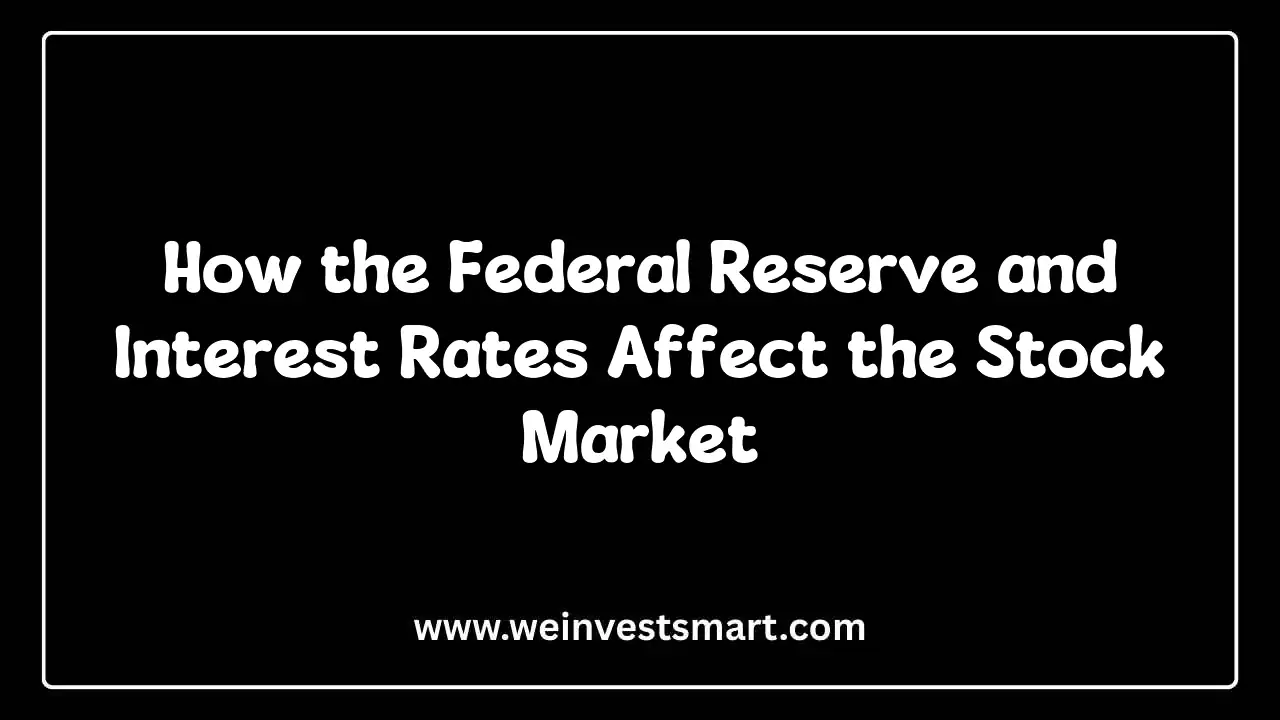· WeInvestSmart Team · market-analysis · 9 min read
A Beginner's Guide to Reading Candlestick Charts
Stop seeing noise and start seeing the story. This guide demystifies candlestick charts, explaining the anatomy of a candle and how simple patterns can reveal the psychological battle between buyers and sellers.
Most people look at a stock chart and see an incomprehensible mess of jagged lines and flashing colors. It feels like a secret language designed by Wall Street insiders to confuse everyone else. But here’s the uncomfortable truth: that chaotic chart is telling a story. It’s a second-by-second account of a fierce battle between buyers and sellers, driven by the most powerful human emotions—fear and greed. Going straight to the point, learning to read that story is one of the most valuable skills an investor can possess.
The problem isn’t that you’re “not a numbers person.” The problem is that nobody ever explained the language. The most common way to visualize this battle is with something called a candlestick chart. Developed by Japanese rice traders in the 18th century, these charts have become the universal language of financial markets for one simple reason: they offer an incredibly intuitive snapshot of market psychology.
But what if we told you that in the next ten minutes, you could learn the basic grammar of this language? And what if that knowledge could transform you from a passive observer into someone who can actually interpret market sentiment? Here’s where things get interesting. A candlestick isn’t just a data point; it’s a window into the collective mind of the market. And this is just a very long way of saying that it’s time to stop being intimidated by charts and start understanding the stories they tell.
The Anatomy of a Single Battle: Decoding a Candlestick
Before you can read a book, you need to know the alphabet. In chart reading, your alphabet is the single candlestick. Each candle represents a specific period—it could be one day, one hour, or even one minute—and it packs four crucial pieces of information into one simple shape.
Going straight to the point, every candlestick shows you the Open, High, Low, and Close price for that period. Let’s break it down:
- The Body: This is the thick, rectangular part of the candle. It tells you the story of where the price started (the open) and where it finished (the close) for that period. A long body indicates strong momentum, while a short body signals indecision.
- The Wicks (or Shadows): These are the thin lines extending above and below the body. They tell you the story of the session’s drama—the absolute highest and lowest prices reached before the period ended. The upper wick shows the session high, and the lower wick shows the session low.
Think of it like this: the body is the main event, and the wicks are the dramatic extremes that happened along the way. Long wicks suggest a lot of volatility and a fierce fight between buyers and sellers, while short wicks indicate a more stable and decisive session.
You may also be interested in: How the Federal Reserve and Interest Rates Affect the Stock Market
The Color of Money: What Green and Red Really Mean
Now for the most intuitive part: the color. The color of the body tells you, at a glance, who won the battle for that period—the buyers (bulls) or the sellers (bears).
- A Green (or White) Candlestick is Bullish: This means the closing price was higher than the opening price. In simple terms, the price went up. Buyers were in control, pushing the price higher throughout the session. The longer the green body, the more decisive their victory.
- A Red (or Black) Candlestick is Bearish: This means the closing price was lower than the opening price. The price went down. Sellers dominated, forcing the price lower. The longer the red body, the more overwhelming their control.
Just by looking at the color and length of a candle’s body, you can instantly gauge the market’s mood. A chart full of long green candles screams optimism and strong buying pressure. A series of long red candles signals pessimism and intense selling pressure. This simple visual cue is the foundation of all candlestick analysis.
You may also be interested in: Decoding Economic Indicators: The 3 Reports Every Investor Should Watch
Reading the Story: An Introduction to Candlestick Patterns
Here’s where things get interesting. While a single candle tells you about one period, the real magic happens when you see how they form patterns together. These patterns are not mystical signals; they are visual representations of shifts in market psychology. They tell a story of momentum changing hands. Let’s focus on two of the most powerful and easy-to-recognize reversal patterns.
The Bullish Engulfing Pattern: The Turning of the Tide
Imagine a stock has been in a clear downtrend, with a series of red candles marking its decline. Sellers are firmly in control. Then, one day, something dramatic happens. The day opens even lower, confirming the bearish sentiment. But then, buyers rush in with overwhelming force. They not only erase the day’s losses but push the price up so high that it closes above the previous day’s open.
This is the story of a Bullish Engulfing pattern. It’s a two-candle pattern where a small red candle is completely “engulfed” by a larger green candle that follows it.
- Candle 1: A small red (bearish) candle in a downtrend.
- Candle 2: A large green (bullish) candle whose body completely swallows the body of the first candle.
The psychology here is powerful. The sellers were confident, but they were ambushed and utterly defeated in a single session. This pattern signals a massive shift in sentiment from selling pressure to buying pressure and often marks the bottom of a downtrend. It’s a sign that the bulls have seized control.
The Bearish Engulfing Pattern: The End of the Party
Now, let’s flip the script. A stock is in a strong uptrend, with a series of green candles pushing it to new highs. Buyers are euphoric. The next day opens higher still, and it looks like the party will continue. But then, sellers emerge from the woodwork. They stop the advance, reverse the gains, and drive the price down so far that it closes below the previous day’s open.
This is a Bearish Engulfing pattern, the dark twin of the bullish version. It’s a two-candle pattern where a small green candle is completely engulfed by a larger red candle.
- Candle 1: A small green (bullish) candle in an uptrend.
- Candle 2: A large red (bearish) candle whose body completely engulfs the body of the first candle.
The story here is one of abrupt rejection. The buyers thought they were in charge, but the sellers stepped in with such force that they wiped out the previous day’s optimism and then some. This pattern is a strong warning sign that the uptrend may be over and that sellers are now in command.
You may also be interested in: Understanding the “Fear & Greed Index”: A Guide to Market Sentiment
The Absurd Standard of a Crystal Ball
But what do we do when a pattern seems to fail? What if you see a perfect bullish engulfing pattern, but the price keeps falling?
And here is where things get interesting. This is not a failure of the tool; it’s a misunderstanding of its purpose. The funny thing is that many beginners treat candlestick patterns like a crystal ball, an absurd standard that guarantees future results. In reality, they are tools of probability, not certainty. A candlestick pattern doesn’t tell you what will happen; it tells you what is more likely to happen based on the current psychology of the market.
And this is just a very long way of saying that context is everything. A bullish engulfing pattern is far more significant if it appears at a major support level. A bearish engulfing pattern carries more weight if trading volume spikes on that day. These patterns are clues, not commands. They should always be used in conjunction with other forms of analysis to confirm your thesis.
You may also be interested in: Bull vs. Bear Markets: What They Are and How to Invest in Each
The Bottom Line: From Noise to Narrative
Learning to read candlestick charts is about transforming what looks like random noise into a coherent narrative. It’s about understanding the constant struggle for control between buyers and sellers and identifying the critical moments when the balance of power shifts. You don’t need to memorize dozens of complex patterns to be effective. By simply mastering the anatomy of a single candle and understanding the powerful psychology behind the engulfing patterns, you’ve already taken a massive leap forward.
Remember, every candle is a clue, and every pattern is a chapter in the market’s story. The comfortable truth is that you don’t need a degree in finance to understand this language. You just need to know what you’re looking at. You get the gist: stop seeing charts as a source of fear and start seeing them as a source of information. The story is right there, waiting to be read.
This article is for educational purposes only and should not be considered personalized financial advice. Consider consulting with a financial advisor for guidance specific to your situation.
Reading Candlestick Charts FAQ
What are the basic components of a candlestick?
A candlestick has four main data points: the open, high, low, and close. These are represented by the body (the thick part showing the open-to-close range) and the wicks (the thin lines showing the high and low prices for the period).
What do the colors of a candlestick mean?
The color indicates the price direction. A green (or white) candle means the closing price was higher than the opening price (a bullish, or upward, movement). A red (or black) candle means the closing price was lower than the opening price (a bearish, or downward, movement).
What is a bullish engulfing pattern?
A bullish engulfing pattern is a two-candle reversal signal that appears in a downtrend. It consists of a small red (bearish) candle followed by a larger green (bullish) candle that completely ‘engulfs’ the body of the previous red candle. It signals a powerful shift from selling to buying pressure.
What is a bearish engulfing pattern?
A bearish engulfing pattern is the opposite of a bullish one and appears in an uptrend. It’s formed by a small green (bullish) candle followed by a larger red (bearish) candle that completely engulfs the prior green candle’s body. This pattern indicates that sellers have overwhelmed buyers and a downward reversal may be imminent.
Are candlestick patterns reliable on their own?
No, candlestick patterns are most effective when used with other forms of technical analysis, such as trend lines, moving averages, or volume indicators. They provide clues about market psychology but should not be the sole basis for trading decisions.



